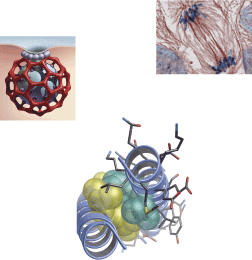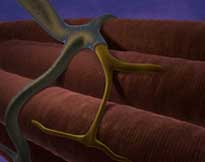
Dear Tracy,
To the left you will find thumbnails linking you to five animations. When you roll over each thumbnail you will see a description of the animation in this box. If you have any questions, please call or email.
This first animation is a bit rough due to time and budget constraints, but shows a combination of 2D and 3D work to bring the viewer into the neromuscular junction from this histological view. Also the quality suffers from the high compression necessary for web delivery.
Cheers,
Graham
(303)249-3934
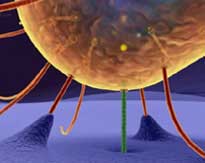
Dear Tracy,
This is an example of a more high end 3D animation. I created the music from scratch as well, so its royalty free. The movie seems slow, content-wise because the MD speaks over it for minutes on end to garner enthusiasm about her research before presenting slides.
(303)249-3934
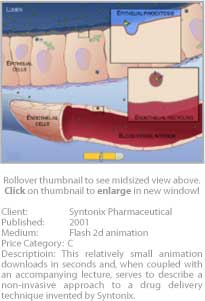
Dear Tracy,
This is an example of a 2D Flash animation describing a drug delivery mechanism for a biotech company's road show.
(303)249-3934
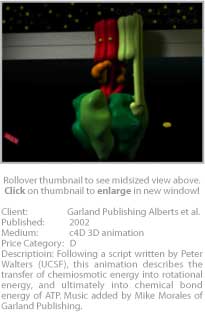
Dear Tracy,
Scroll to the middle of this film to see my manipulation of molecular models.
(303)249-3934
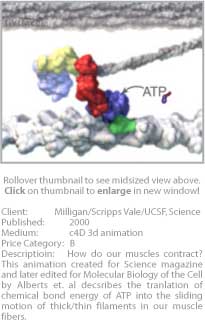
Dear Tracy,
This is one from a pair of my most famous animations completed for Science magazine.
(303)249-3934
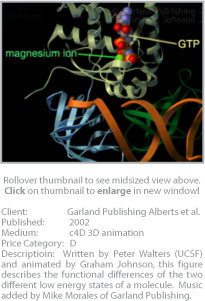
Dear Tracy,
This shows my ability to manipulat molecular models using space-filling, surface, and ribbon renderings.
(303)249-3934
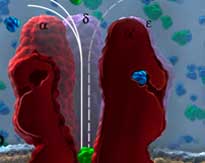
Dear Tracy,
This is an example of a 2D animation prepared in After Effects for Quicktime. It shows use of text labeling and a number of tricks I use to fool the viewer into thinking this is a full on 3D rendered film.
(303)249-3934

Dear Tracy,
This is an example of a storyboard page. I created this for the Pseudomonas invasion animation (purple and orange) above. It was edited before we produced the final movie, but gives you the general idea.
(303)249-3934
